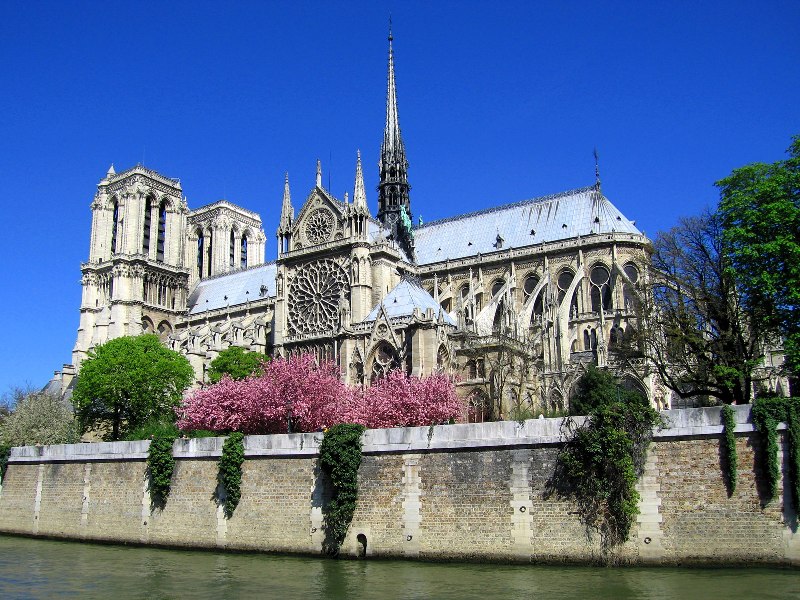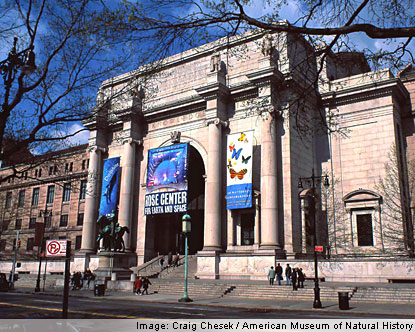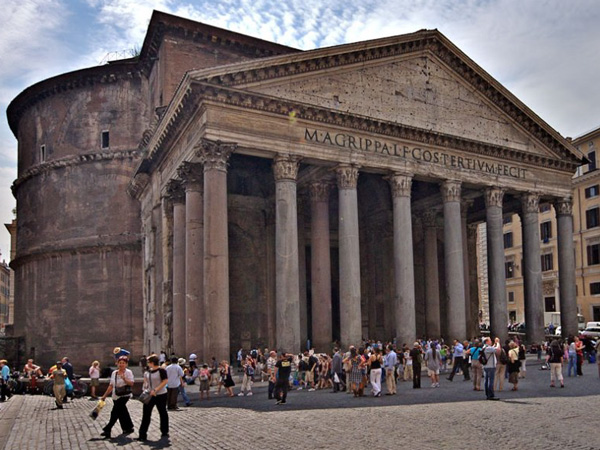One could pay hundreds of dollars to see some of the world’s most wondrous sites, visit top rated hotels and venues, or spend a day at Disney Land. However, amongst the highly rated and highly priced tourist destinations are more affordable marvels to be seen around the world if one knows where to look. Most shocking about these three historical sights is not their rich history and stunning features but that they are affordably free of charge.
1. Pantheon of Rome
As The Colosseum and Leaning Tower of Pisa demand much of the attention in Rome and Italy, they also demand high ticket prices and tourist fees. The Pantheon located in Rome is equally scenic and equally filled with ancient Roman history. Built as a temple to praise all the Roman gods and later rebuilt in 126 AD during Hadrian’s reign, the Pantheon is considered a top tourist attraction that shouldn’t be overlooked. Surprisingly free of charge to visit and tour for both locals and tourists alike, the great Pantheon is among the top preserved historical ruins in all of Rome.
2. Notre Dame de Paris

Standing as a beacon of the early French Gothic period, the Notre Dame de Paris embodies both beauty and scenic affordability. Translated as “ Our Lady of Paris”, the great Gothic cathedral is considered the finest examples of French Gothic architecture that was unlike any Romanesque structures of its time. From its stunning stained glass windows and worn statues, the cathedral was restored and saved from destruction by famous French architect Viollet-le-Duc and preserved for lucky tourists and natives alike to marvel at with no cost.
3. American Museum of Natural History

New York is the home of crowded and expensive Time Square while in nearby Manhattan is perhaps one of the most significant and elaborate historical museums in the United States. The Museum of Natural History houses thousands of historical artifacts from fossils to paintings and offers it to the public for the low price of “on the house”. Millions of people a year tour the world famous museum that is giant in both historical relevance and size as it is comprised of 25 interconnected buildings that hold 46 permanent exhibition halls, research laboratories and it’s nationally acclaimed library.


